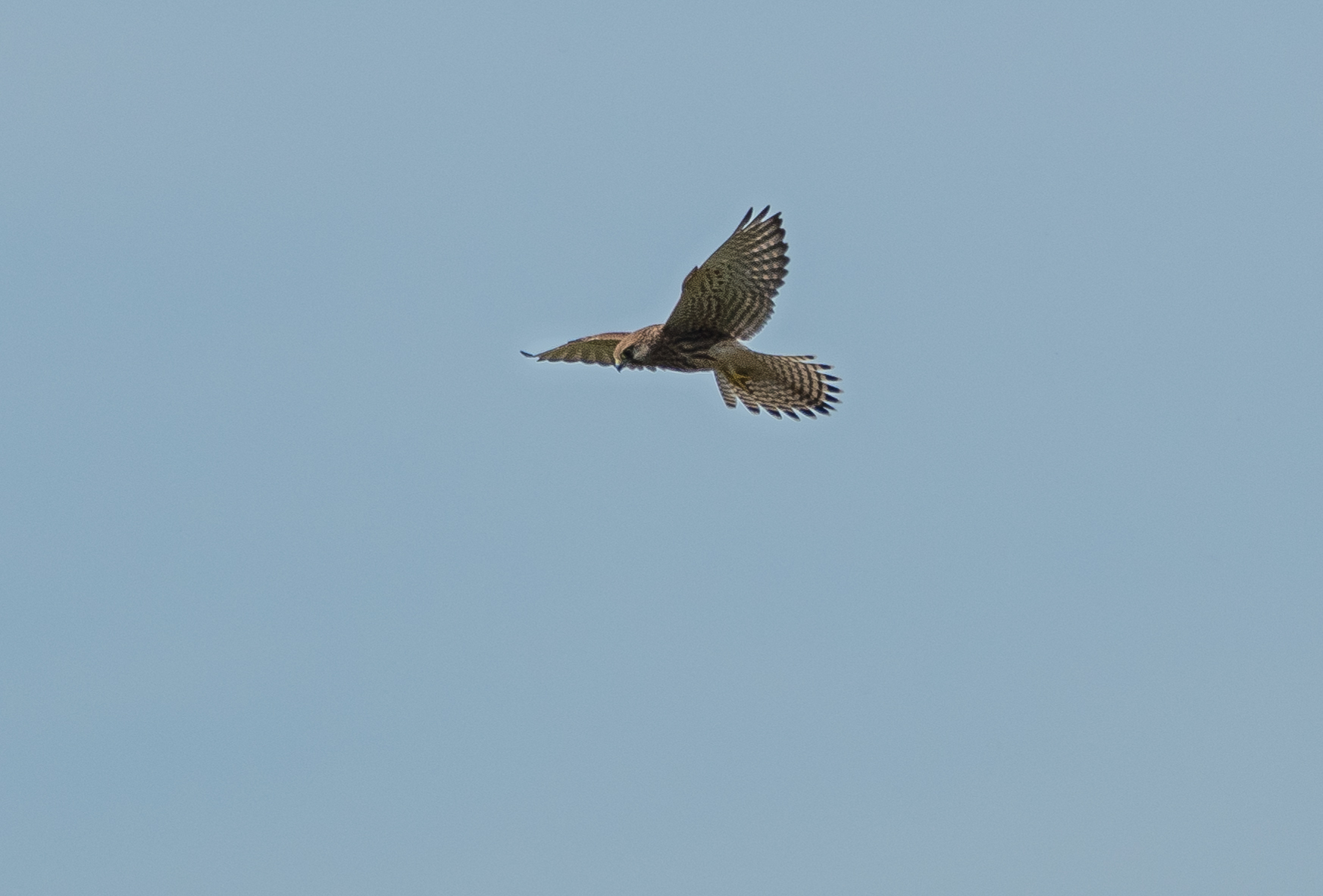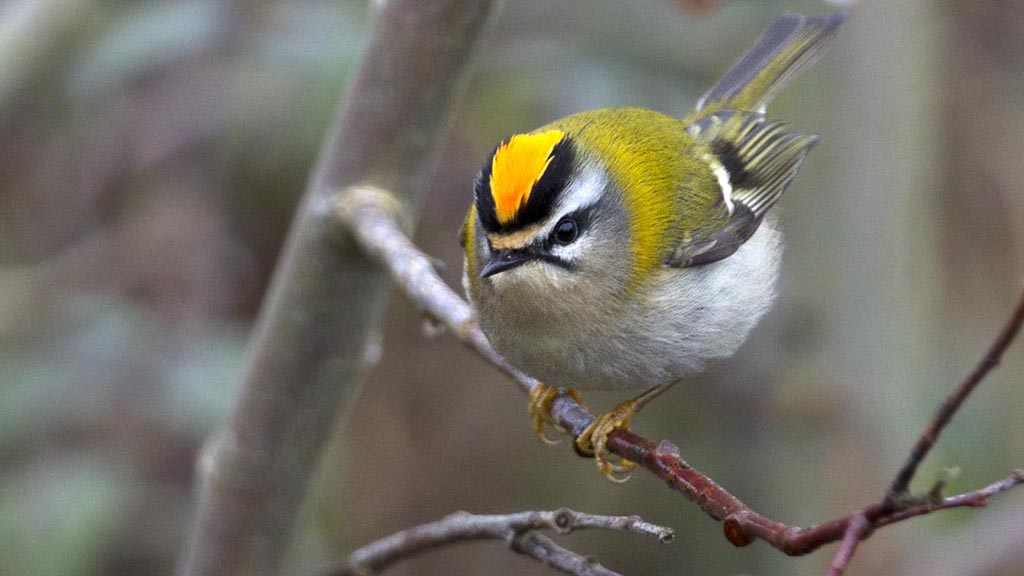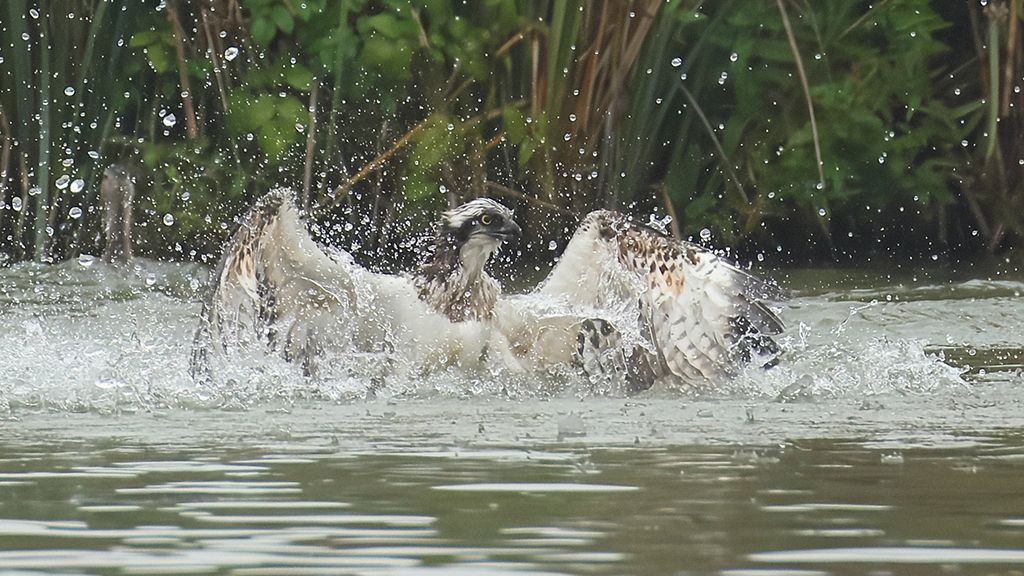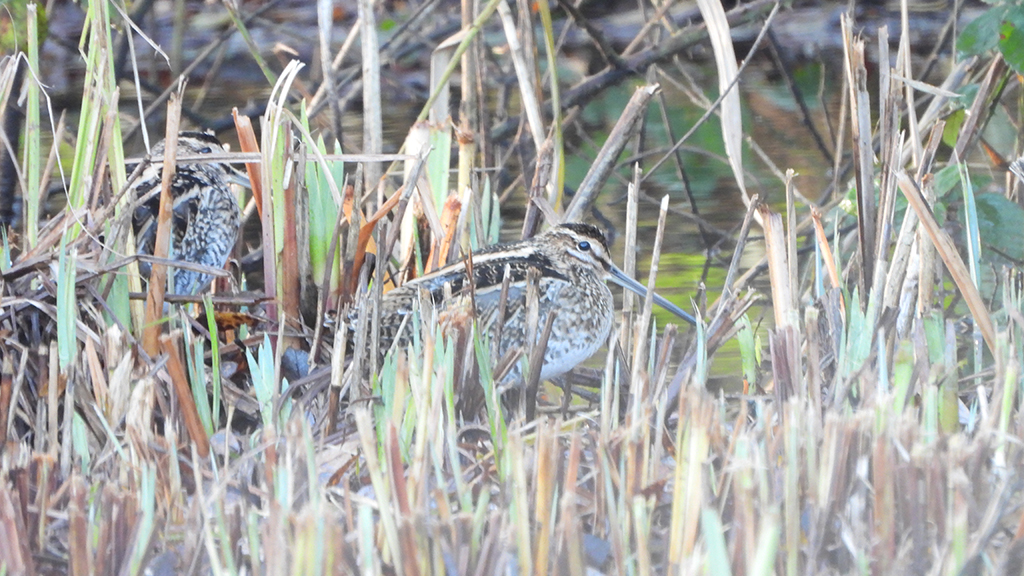Kestrel and kingfishers

A female kestrel has taken up residence in our newest owl box on Wetlands Discovery. She can be spotted hovering above the islands hunting the abundant bank and field voles. She has also been spotted in car park perching on the wooden lighting pole near the boardwalk entrance.
Kingfishers are showing really well all over the site currently and I often see the adult pair “chatting” to each other on the rails by the boat jetty early in the mornings.
The multitudes of house and sand martins have been quite spectacular this year with hundreds of them gathering at Arundel before migration. Most days now there are just a handful.
Shoveler and teal numbers are starting increase in our counts onsite. They are coming out of moult, they are all looking rather smart.
We are starting to see the odd snipe here and there. They are difficult to see when they’re standing still blending, in with the surrounding grasses. I keep flushing them up from the wet grassland when going to check the heifers on the wet grassland–makes me jump!
Stonechats are also a fairly regular site on the wet grassland, very handsome looking birds.
Wandering through the reedbed is quite peaceful at the moment, until a water rail squealing like a wounded piglet breaks the silence! Cetti’s warbler and chiffchaff are still singing everywhere. Last Thursday morning I spotted five lapwing out on the main scrape, which is lovely as they have not been seen on site since May.
In other wildlife news, we managed to fit in a moth survey a few weeks ago (the only one we’ve been able to do this year) using our fabulous Robinson trap. We had over 120 moths of 35 species, with large yellow underwing being the most abundant. There was also a red underwing (very beautiful) and a Clifden nonpareil (blue underwing and a migratory species that we have never recorded on site before.
There are still some dragonflies hawking around the reserve, mostly migrant hawkers and common darters on sunny days.
The last water vole survey of the year showed much increased usage of the latrines, with 36% in use, this is what I would usually expect at this time of yearbased on previous years, although this year had seen a drastic reduction, things seem to be better now. Our Grounds Assistant Abbie has also put out extra latrines as part of her degree studies and they are also showing around 36% usage. Really good news!
Many dormouse boxes surveyed in September were inhabited by either wood mice or pygmy shrews! Many nests look promising for dormice and hopefully Octobers survey show some of these elusive little creatures.
- Suzi Lanaway, Reserve Warden



